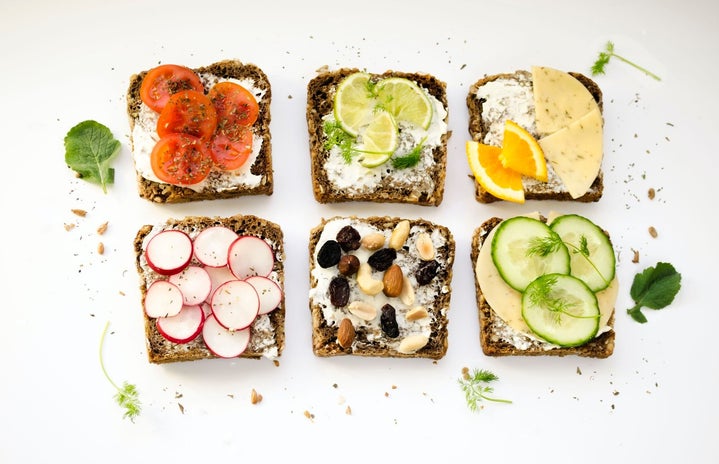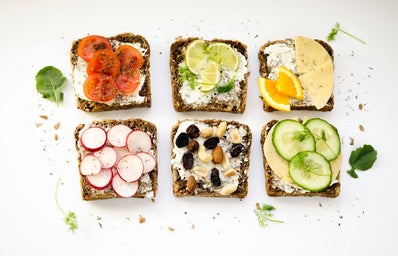Now that we’ve (started to) move away from the blatantly fatphobic diet culture that was pervasive in the ’90s and early 2000s, I would argue that diet culture hasn’t left us; it’s just changed forms. Scrolling through Instagram Reels or TikTok will produce thousands of videos of so-called “wellness girls” showing their over-aestheticized and hyper-optimized daily routines. Their skin shines, their food is plated gorgeously, and their matching pink Lululemon exercise sets fit perfectly over their slender frames.
Preaching everything from red light therapy to gut-healthy detox shots, the overall message equates “wellness” to overconsumption and complete control over their bodies and minds. Obviously, it’s not a reflection of real life, but that’s not the point. It’s more about the yearning, never-ending journey to a standard that will never be met. The messiness in the lives of the Instagram “wellness girls” is intentionally folded away and kept behind the scenes. Wellness is just diet culture re-imagined with a hyper-visible twist.
To conceptualize the similarities between wellness and diet culture, we can look at two common themes: an over-emphasis on food and overconsumption.
Food
While the rhetoric of diet culture went more along the lines of “Top 10 Foods That Will Burn Fat, Fast!” wellness culture has revamped those kinds of messages to that of “detoxifying” and “purifying” foods that are supposed to boost your immune system or something similar that isn’t quite backed up by science but seems just plausible enough to be believable.
Another similarity is the focus on buying high-end, organic groceries that are free of ingredients deemed “toxic.” Grocery stores like Erewon have capitalized on this food obsession, selling “hyper oxygenated water” that goes for $24.99 per 64 ounces. Often food that is deemed “good” by wellness and diet culture is much more pricey, making the act of eating itself exclusionary.
Consumption
The connection between wellness and capitalism grows stronger with the new era of influencer marketing. If you use a beautiful person to market a product, the message that viewers internalize is “Buy this to look and feel just like me.” While this is nothing new, the rise of influencers on social media allows us to be voyeurs (to some degree) of the content creator’s life. Seeing a beautiful person selling hand cream on a billboard is one thing, but seeing an influencer use hand cream in a video that’s not even really about hand cream tricks our brains into not seeing the video for what it is (an ad).
If only it were that easy to buy a product and feel better. Rationally, most people know this, and they could explain to you how social media is rotting our brains. Still, influencer marketing and America’s obsession with the pursuit of “wellness” works as a double-edged sword, drawing us deeper and deeper into the never-ending pursuit of self-improvement. There are many courses of action to take to fight against this, such as writing a list of the things that genuinely make you feel good in your body, defining wellness on your own terms, calling out diet culture masked as wellness when you see it, and limiting your time watching content that makes you feel like you aren’t good enough.


